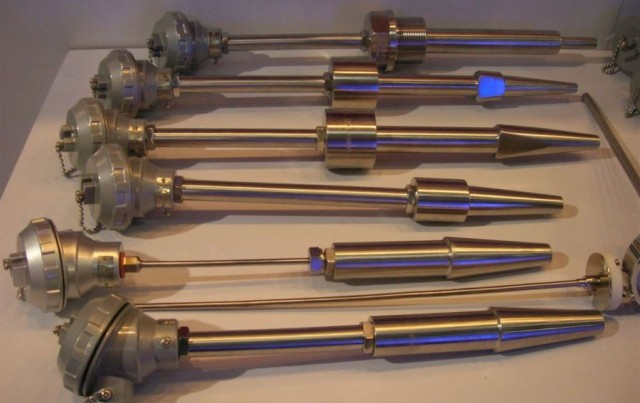Understanding Standards and Requirements
Industry Standards
The SAE AMS2750 Aerospace Standard and the AIAG CQI-9, CQI-11, CQI-12, and CQI-29 Automotive Standards are pivotal guidelines for the use of thermocouples in heat treatment processes. These standards provide a comprehensive framework that ensures the accuracy, reliability, and reproducibility of temperature measurements in various industrial applications.
| Standard | Application Domain | Key Requirements |
|---|---|---|
| SAE AMS2750 | Aerospace | Specifies thermocouple materials, calibration methods, and permissible errors. |
| AIAG CQI-9 | Automotive | Focuses on induction heat treatment, detailing thermocouple placement and usage. |
| AIAG CQI-11 | Automotive | Addresses laser heat treatment, emphasizing thermocouple precision and safety. |
| AIAG CQI-12 | Automotive | Covers electron beam heat treatment, specifying thermocouple types and protection. |
| AIAG CQI-29 | Automotive | Deals with plasma heat treatment, detailing thermocouple performance criteria. |
Adhering to these standards is crucial for maintaining consistent quality and performance in heat treatment processes. They not only dictate the types of thermocouples to be used but also outline stringent calibration and maintenance protocols to ensure that the thermocouples meet the required specifications.
Importance of Standards
Standards play a pivotal role in the reliability and accuracy of thermocouple measurements in heat treatment processes. By providing detailed specifications and guidelines, these standards ensure that thermocouples function consistently across various applications. For instance, the SAE AMS2750 Aerospace Standard and the AIAG CQI-9, CQI-11, CQI-12, and CQI-29 Automotive Standards are instrumental in defining the necessary requirements for thermocouples used in these industries.
These standards not only outline the technical specifications but also emphasize the importance of control mechanisms to maintain the integrity of the measurements. For example, they specify the types of thermocouples that are permissible, the conditions under which they should operate, and the methods for their calibration and maintenance. This meticulous detailing ensures that every thermocouple used in a heat treatment process meets the required performance criteria, thereby guaranteeing reproducible and reliable results.
Moreover, adherence to these standards is crucial for maintaining consistency in industrial processes. When thermocouples are selected and operated according to the prescribed standards, it reduces the likelihood of errors and deviations, which can be costly and detrimental to the quality of the final product. Thus, standards serve as a robust framework that supports the precision and efficiency of heat treatment processes, making them indispensable in modern industrial applications.
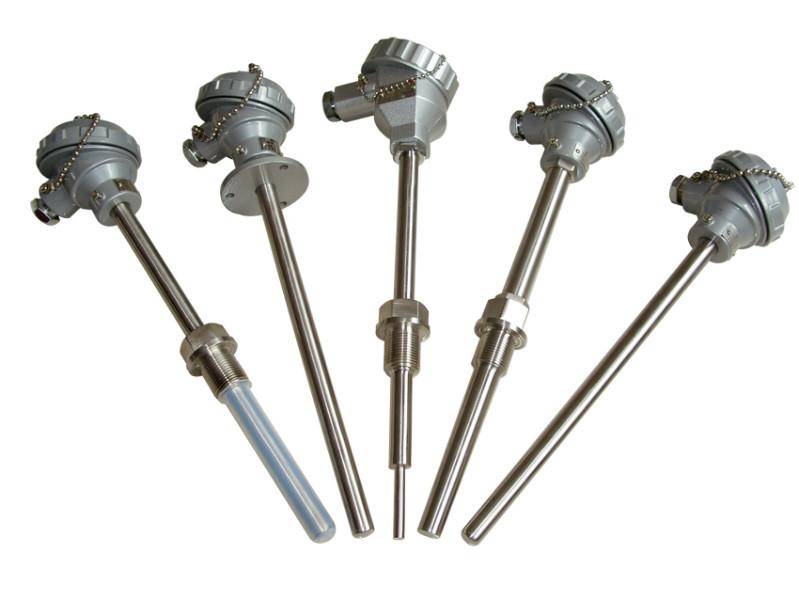
Selecting the Right Thermocouple
Application Considerations
When selecting a thermocouple for heat treatment processes, several critical factors must be taken into account to ensure optimal performance and accuracy. These considerations are essential to match the thermocouple's capabilities with the specific demands of the application.
Temperature Range
The temperature range is a primary factor. Thermocouples are designed to operate within specific temperature limits, and exceeding these can lead to inaccuracies or damage. For instance, Type K thermocouples are suitable for temperatures ranging from -200°C to 1350°C, while Type R and S thermocouples are better suited for higher temperatures up to 1700°C.
Atmosphere Type
The atmosphere in which the thermocouple will operate is another crucial consideration. Different atmospheres, such as oxidizing, reducing, or inert environments, can affect the thermocouple's performance and lifespan. For example, some thermocouples may degrade rapidly in reducing atmospheres, while others are designed to withstand such conditions.
Electrical Interference
Electrical interference can significantly impact the accuracy of thermocouple readings. Applications in environments with high electromagnetic fields or electrical noise require thermocouples with shielding or other protective measures to ensure reliable data.
Accuracy Requirements
Accuracy is paramount in heat treatment processes, where even minor deviations can lead to significant quality issues. The required accuracy level will influence the choice of thermocouple type and the need for regular calibration. For high-precision applications, thermocouples compliant with stringent standards like the SAE AMS2750 are recommended.
By carefully evaluating these factors, you can select a thermocouple that not only meets but exceeds the operational demands of your heat treatment process.
Types of Thermocouples
Thermocouples are classified into two primary categories: low-metal and precious-metal types. Each category is tailored for specific applications and temperature ranges, ensuring optimal performance in diverse industrial settings.
Low-Metal Thermocouples
Low-metal thermocouples, including types K, E, J, N, and T, are typically used for general-purpose temperature measurements. Type K thermocouples, for instance, are the most commonly used due to their wide temperature range of -300°F to +2460°F. These thermocouples are usually composed of nickel and exhibit magnetic properties that change when the material reaches a Curie point of approximately 365°F. They perform exceptionally well in oxidizing environments but should be avoided in hydrogen-rich atmospheres due to potential degradation known as "green rot."
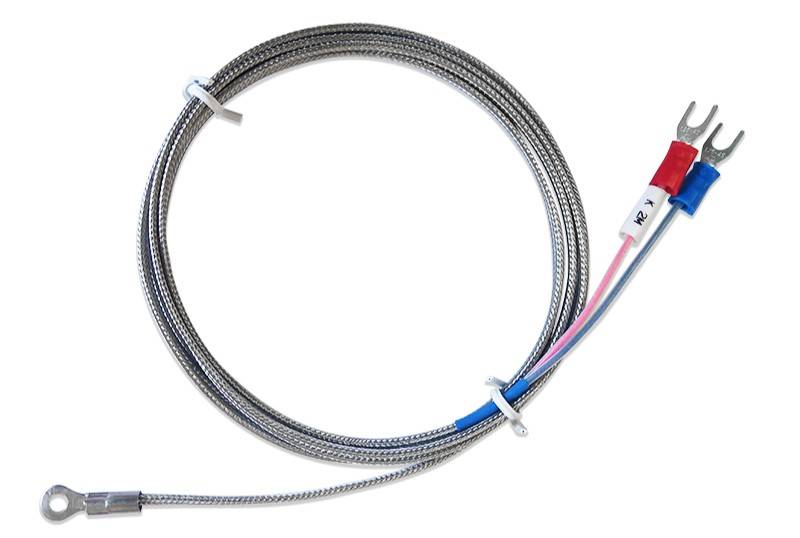
Precious-Metal Thermocouples
Precious-metal thermocouples, such as types R, S, and B, are designed for high-temperature applications and are often used in critical industries like biotechnology and pharmaceuticals. Type S thermocouples are ideal for high-temperature processes up to 2900°F, thanks to their accuracy and stability. These thermocouples are often protected with ceramic tubing to enhance durability and longevity. Similarly, Type R thermocouples can also withstand temperatures up to 2900°F but are not suitable for reducing atmospheres. Like Type S, Type R thermocouples are always shielded with ceramic tubing to protect the all-platinum construction.
This categorization ensures that engineers and technicians can select the most appropriate thermocouple for their specific needs, balancing performance, cost, and environmental conditions.
Thermocouple Protection
Thermocouples are integral to heat treatment processes, and their durability and functionality are significantly influenced by their protective coverings. These coverings can be broadly classified into two categories: consumable and non-consumable.
Consumable thermocouple coverings, such as glass fiber, ceramic fiber, and polymers, are designed to degrade over time under high-temperature conditions. This degradation is often intentional, as it helps to protect the more sensitive internal components of the thermocouple from extreme heat and corrosive atmospheres. While these materials are cost-effective and provide adequate protection for short-term applications, they are not suitable for long-term or repeated use due to their limited lifespan.
On the other hand, non-consumable thermocouple coverings, which include ceramic or mineral insulation encased in a metal sheath, offer superior durability. These materials can withstand prolonged exposure to high temperatures and harsh environments, making them ideal for industrial applications where reliability and longevity are paramount. The metal sheath not only enhances the thermocouple's mechanical strength but also provides an additional layer of protection against physical damage and chemical corrosion.
The choice between consumable and non-consumable thermocouple protections depends on several factors, including the expected duration of use, the operating temperature range, and the specific requirements of the heat treatment process. Understanding these factors is crucial for selecting the right thermocouple protection, ensuring both the accuracy of temperature measurements and the longevity of the thermocouple itself.
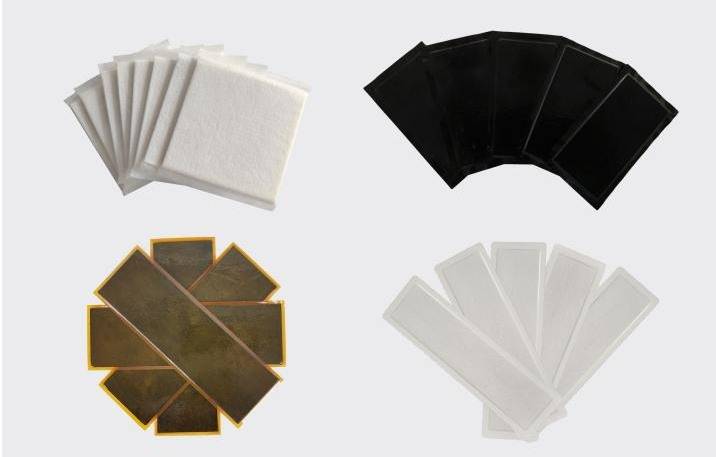
Calibration and Maintenance
Calibration Requirements
Before deploying any thermocouple in heat treatment processes, it is imperative to subject it to rigorous calibration. This process ensures that the thermocouple's readings are accurate and reliable, thereby maintaining the integrity of the heat treatment process. Calibration involves comparing the thermocouple's readings against a known standard, typically provided by national laboratories such as the National Institute of Standards and Technology (NIST) in the United States or CENAM in Mexico.
To achieve traceability, the calibration process must be documented meticulously. This documentation should include the specific methods used for calibration, the actual readings obtained during the process, and any correction factors applied to align the thermocouple's readings with the standard. Additionally, the accreditation of the laboratory conducting the calibration must be verified to ensure the validity and reliability of the calibration results.
| Aspect | Details |
|---|---|
| Calibration Standards | National laboratories like NIST or CENAM |
| Documentation | Measurement readings, correction factors, laboratory accreditation |
| Purpose | Ensure accuracy and reliability in heat treatment processes |
Ensuring that thermocouples are calibrated according to these standards not only meets regulatory requirements but also enhances the overall quality and consistency of the heat treatment process. This step is crucial in industries where precise temperature control is vital, such as aerospace and automotive manufacturing.
Calibration Report Contents
The calibration report is a critical document that ensures the accuracy and reliability of thermocouple measurements in heat treatment processes. It should meticulously detail several key components:
- Measurement Readings: These are the raw data points recorded during the calibration process, providing a baseline for accuracy.
- Actual Readings: The true temperature values, often determined through comparison with a reference standard, ensuring that the thermocouple's readings are accurate.
- Correction Factors: These factors adjust the measurement readings to align with the actual readings, compensating for any discrepancies.
- Data Source: The origin of the calibration data, which could be a national laboratory such as NIST or CENAM, ensuring traceability and credibility.
- Laboratory Accreditation: The certification of the laboratory performing the calibration, verifying its competence and adherence to standards.
- Calibration Methods: The techniques and procedures used during the calibration, ensuring consistency and reliability across different calibrations.
Each of these elements is crucial for validating the thermocouple's performance and ensuring it meets the stringent requirements of heat treatment processes.
Service Life and Documentation
The service life of thermocouples is a critical factor that is meticulously defined by industry standards such as the SAE AMS2750 Aerospace Standard and the AIAG CQI-9 Automotive Standards. These standards not only dictate the expected operational lifespan of thermocouples but also provide guidelines on how to manage and document their use effectively.
Documentation plays a pivotal role in ensuring the longevity and reliability of thermocouples. It is imperative to record key details such as the installation dates, the specific type of thermocouple used, and the expected service life as per the standards. This documentation serves as a reference point for maintenance activities and helps in planning timely replacements to avoid any disruptions in the heat treatment process.
For instance, if a thermocouple is installed in a high-temperature environment, the documentation should include the date of installation, the expected service life according to the standard, and any calibration data. This information is crucial for maintaining accurate temperature readings and ensuring that the thermocouple operates within its specified limits.
In summary, adhering to the service life specifications outlined in industry standards and maintaining thorough documentation ensures that thermocouples perform reliably throughout their intended lifespan, thereby supporting the overall efficiency and accuracy of heat treatment processes.
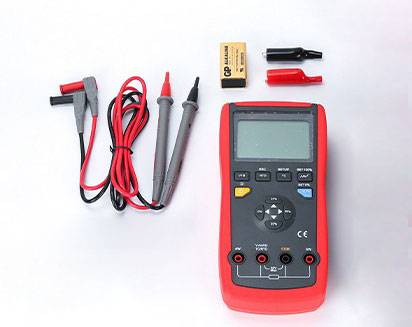
Conclusion and Selection Steps
Summary of Selection Steps
Selecting the right thermocouple for heat treatment processes involves a systematic approach to ensure accuracy and reliability. The process can be broken down into five key steps:
-
Determine the Type of Thermocouple:
- Cheap Metal vs. Precious Metal: Thermocouples are categorized into two main types—cheap metal (e.g., K, E, J, N, T) and precious metal (e.g., R, S, B). Each type has its own temperature range and application suitability. For instance, cheap metal thermocouples are ideal for general-purpose applications due to their cost-effectiveness, while precious metal thermocouples are preferred for high-temperature environments where durability and accuracy are critical.
-
Select the Appropriate Protection Type:
- Consumable vs. Non-Consumable: Thermocouples can be protected using consumable materials like glass fiber or ceramic fiber, which are suitable for short-term use, or non-consumable materials like ceramic insulation with a metal sheath, which offer longer durability. The choice of protection type depends on the expected service life and environmental conditions.
-
Identify the Temperature Range:
- Temperature Suitability: Each type of thermocouple is designed to operate within a specific temperature range. It's crucial to match the thermocouple's temperature limits with the application requirements. For example, types K and T are suitable for moderate temperatures, while types R and S can withstand much higher temperatures.
-
Define the Purpose:
- Application-Specific Requirements: Thermocouples are used for various purposes, including standard measurement, testing, and control. The purpose dictates the level of accuracy and response time required. For instance, a thermocouple used in a control loop needs to be highly responsive and accurate, whereas one used for general testing may have more relaxed specifications.
-
Consider Additional Factors:
- Atmosphere and Electrical Interference: The operating environment is a critical factor. Some thermocouples are more resistant to specific atmospheres (e.g., oxidizing, reducing) and electrical interference than others. Ensuring compatibility with the environment can prevent measurement errors and prolong the thermocouple's life.
By following these steps, you can ensure that the selected thermocouple meets the specific needs of your heat treatment process, enhancing both the efficiency and reliability of your measurements.
Related Products
- 1400℃ Controlled Atmosphere Furnace with Nitrogen and Inert Atmosphere
- Mesh belt controlled atmosphere furnace
- 1700℃ Controlled Atmosphere Furnace Nitrogen Inert Atmosphere Furnace
- Hexagonal Boron Nitride HBN Thermocouple Protection Tube
- 1200℃ Controlled Atmosphere Furnace Nitrogen Inert Atmosphere Furnace
Related Articles
- Exploring the Using a Chamber Furnace for Industrial and Laboratory Applications
- Hydrogen Atmosphere Furnaces: Applications, Safety, and Maintenance
- Comprehensive Guide to Atmosphere Furnaces: Types, Applications, and Benefits
- Exploring Tungsten Vacuum Furnaces: Operation, Applications, and Advantages
- Inert Atmosphere Ovens for Research A Comprehensive Guide
